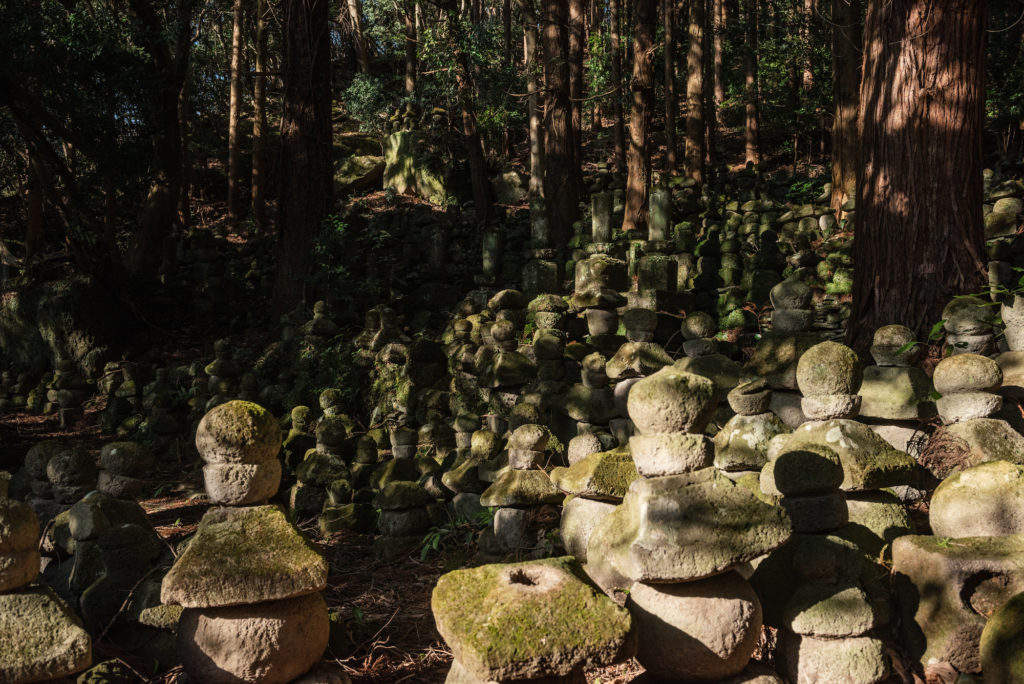The sense of awe that Rokugo Manzan inspires.
The craggy rock surfaces of “Mudoji Yaba” which sweep upwards to the heavens dramatically just behind the Mujoji temple made us gasp in awe. Mario quietly put his hands together in prayer and pious respect. One cannot help but put their hands together in prayer in front of such majesty. The Japanese phrase for this kind of feeling is “Ikei-no-nen” which Mario translates to “a sense of awe” in English.
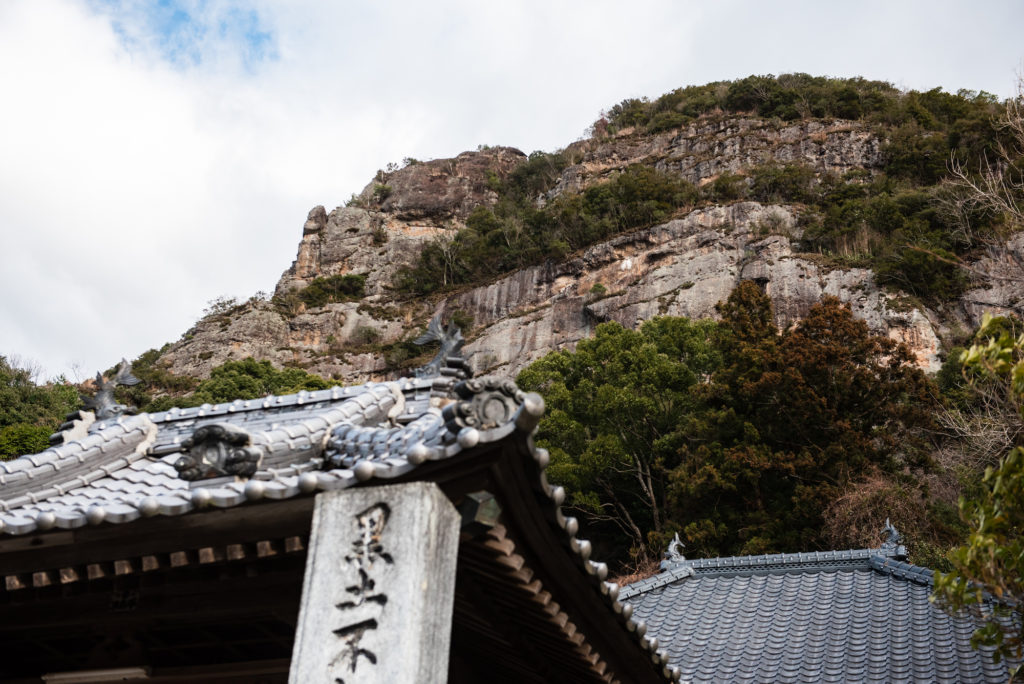
The origins of Japanese spirituality are animism and nature worship. Putting your hands together in prayer to mountains, rocks, trees and all manifestations of nature was the root of our ancient ancestors’ belief systems. As time went on, Buddhism would reach these shores and a fusion of ancient animism with the narrative of Buddhism would be achieved. We were now praying to the forces of nature and the Lord Buddha simultaneously. The majestic rock mountain towering behind the temple, and the sense of history, the sheer focus of worship it has been since ancient times is palpable. Something in the air forces you to respect this mountain. While the priest told us of the history of this temple, he highlighted the fact that with the temples and places of worship found in Rokugo Manzan being Esoteric Buddhist in nature, they tend to be located deep in mountains and forests. Hence, these temples can’t help but be intrinsically linked with its natural surroundings. They have been built for the purpose of deep contemplation through relating with the vastness of the natural world surrounding us.

Located in the center of Kunisaki peninsula is the Futago-ji Soji-in temple. Here, a monk by the name of Mr. Gojun Terada can be found who Mario says is a man of “absolute truth”. Mario trusts him deeply.
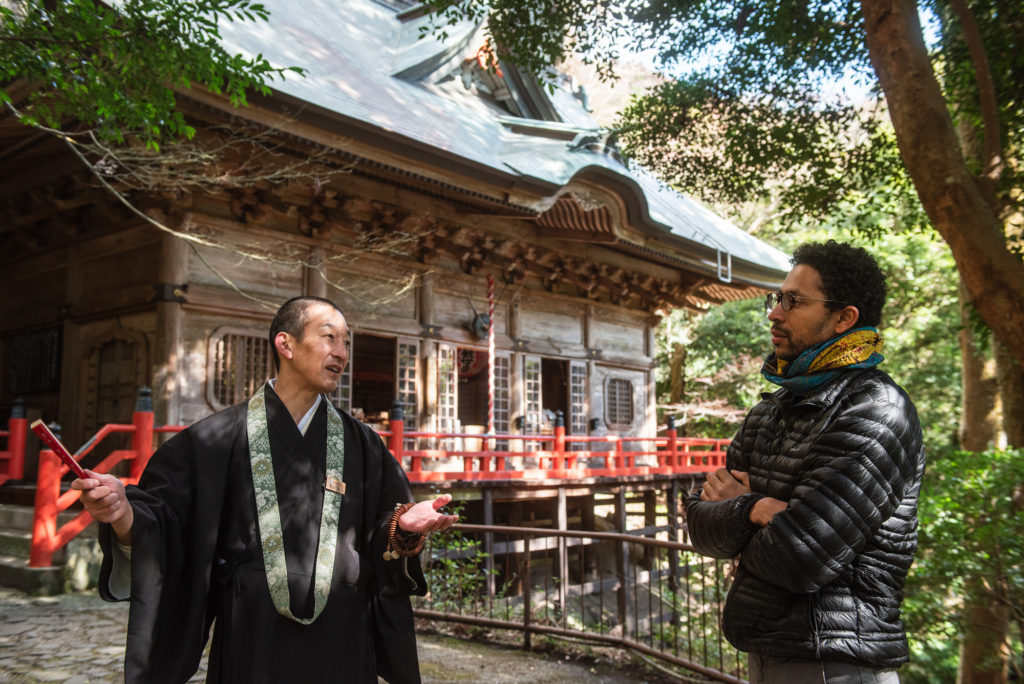
Mr. Terada showed us around the complex. He guided us up some stone steps to show us some distinct architectural features called “kake-tsukuri” which are a network of wooden slats and pillars that allow for buildings to be built along cliffsides. The inner shrine is located in one such architectural construction. In order to reach this place, we are taken through the main gate of a Buddhist temple followed by the “Torii” gate to a Shinto shrine, in that order.
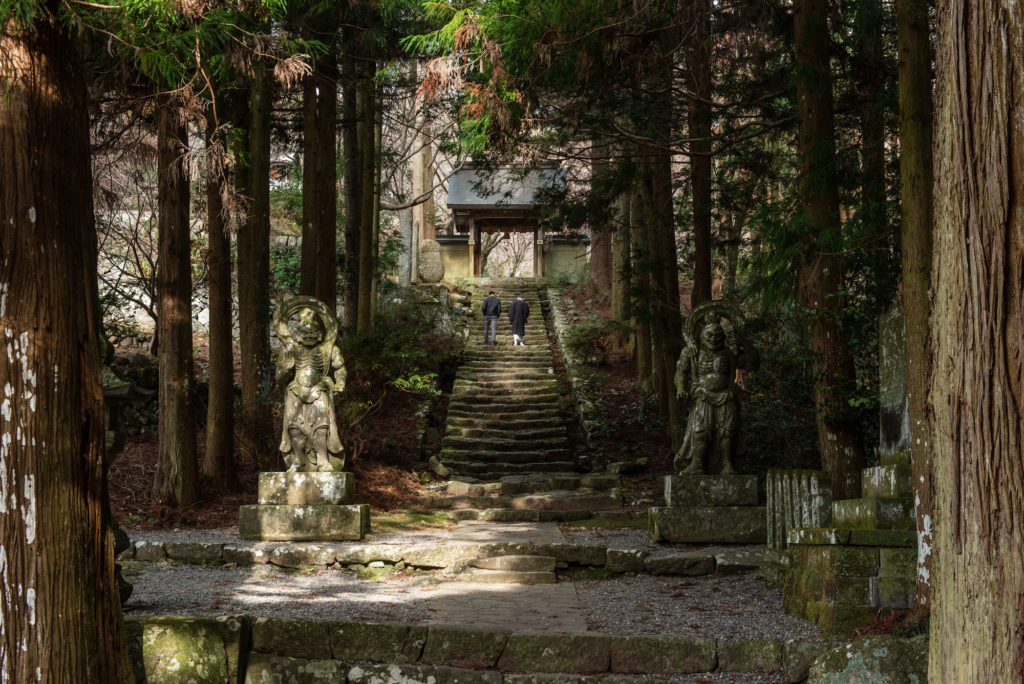
Mount Futago is the highest peak on Kunisaki peninsula at 721 meters above sea level. As can be noted, the highest point is not particularly high, and the peninsula is not home to very dense forestation, neither is it hugely abundant in underground water tables. The volcanic nature of the soil also means that the relatively low amount of precipitation this area gets is mainly lost to the sea in run off. Perhaps it was these agriculturally unfavorable conditions that led the people living here to develop a culture with a heavy focus on religious worship which would develop into one of the most unique centers of religion in the Japanese archipelago. (Incidentally, rocks and their formations are indicators of the presence of any precious water tables that may lay below the surface.)
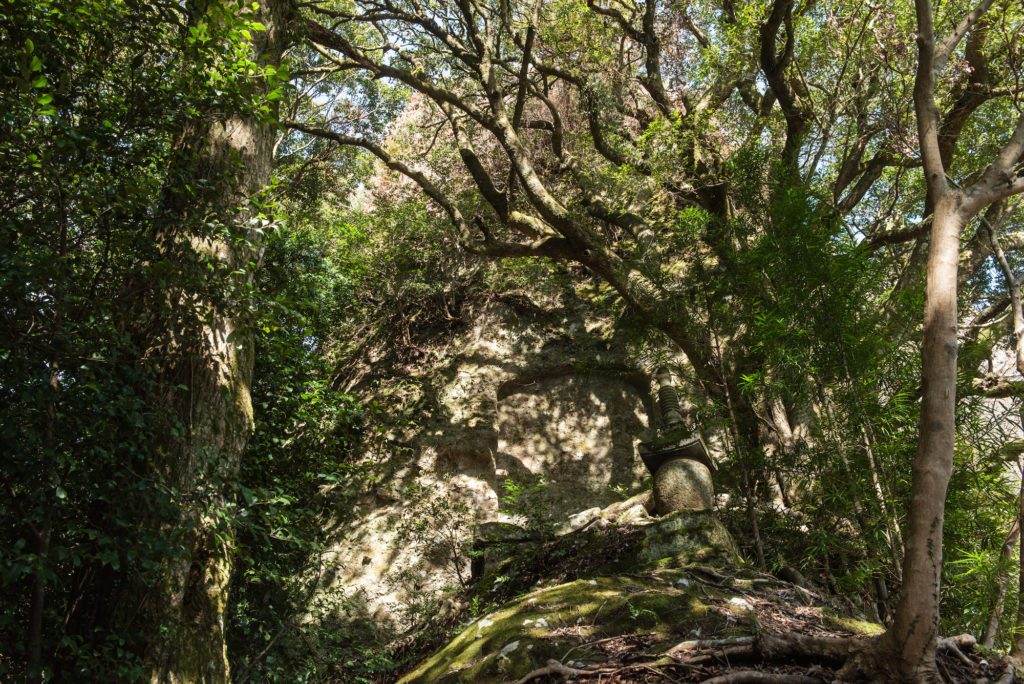
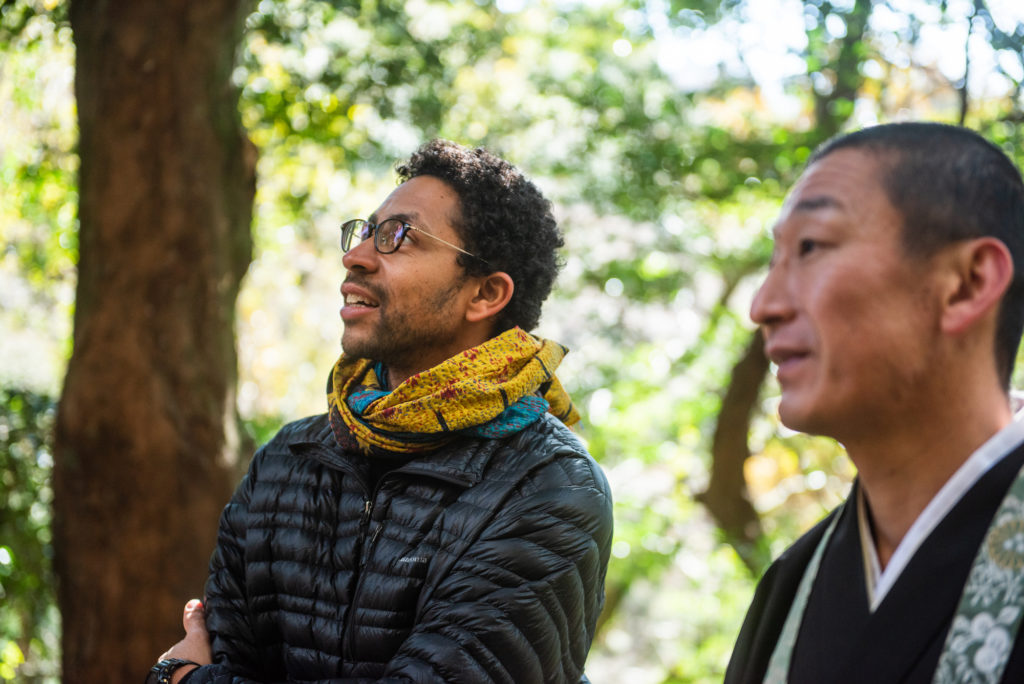
“Japanese culture and its people have lived on this archipelago for centuries, developing an unspoken understanding and language with it. A “sense” if you will. Your body is connected to the natural landscape and its abundance of forces. I believe this sensibility runs through all of Japanese religion and spirituality. It is reverence of nature, and we transform nature into the divine. This is the heart of the Japanese sense of awe” says Mr. Terada.
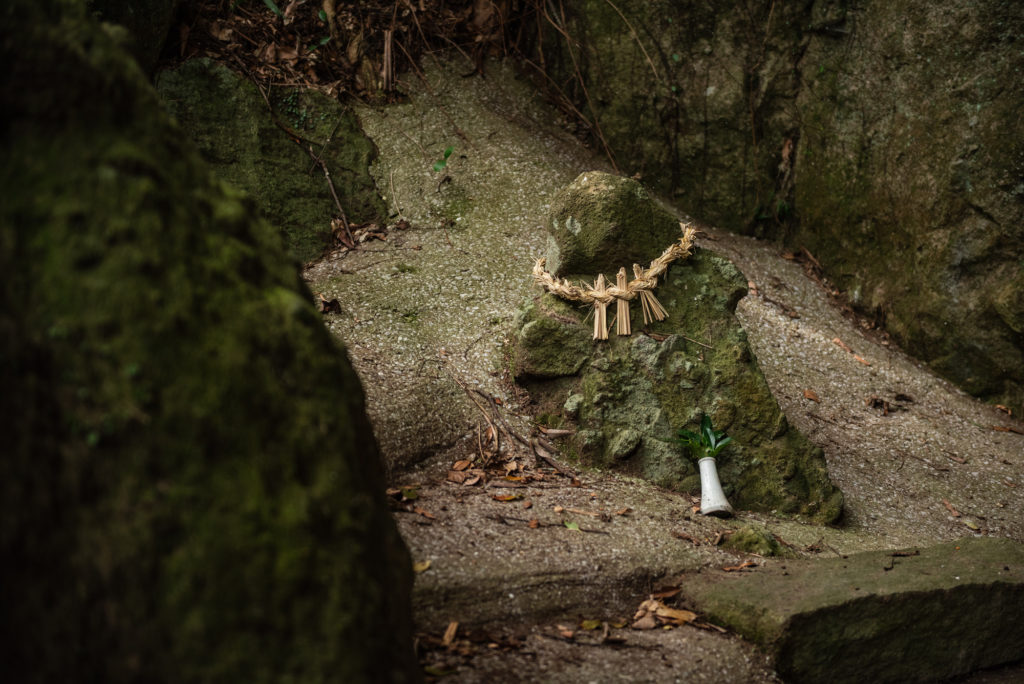
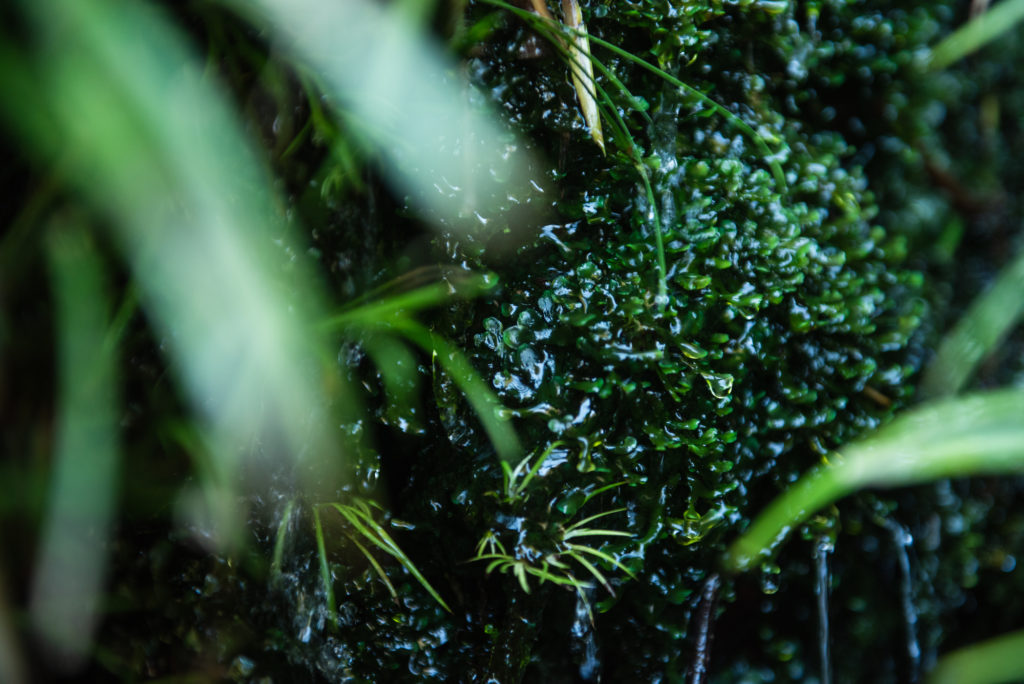
Come springtime, cherry blossom trees, each with unique and differing hues of flower cover the mountains in a raucous display. This sheer variety of colors, and unplanned/unorganized cultivation of these trees gives the cherry blossom experience in Kunisaki peninsula a uniqueness like no other. Whereas other areas famous for beautiful cherry blossoms have organized approaches to cultivation of these trees, on this peninsula they have just been left to grow as nature intended. This non-interventionalism is a sign of respect and piousness to nature, and it leaves any visitor in awe, imbuing in us the sense that we are all a part of this designed cacophony that is nature.
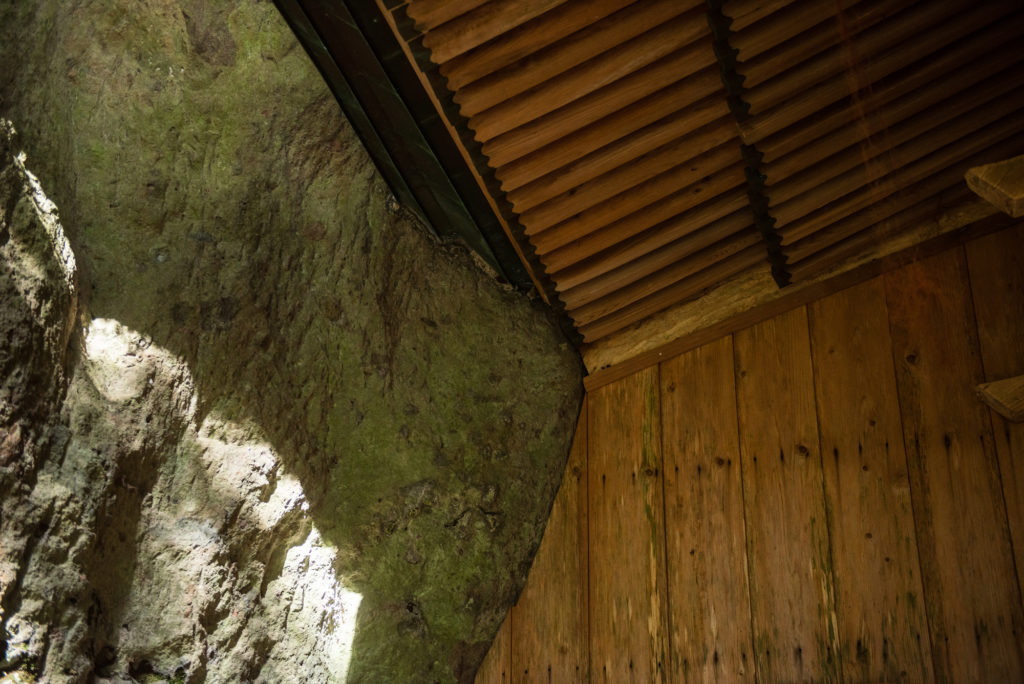
We also visited one of Mario’s favorite places, the Ichinose reservoir. The reservoir has, to one side a sheer mountainside that juts out in dominating juxtaposition to the serene, life-giving pool of water. This contrasting, yet entirely harmonious natural tableau is simply put, pure Rokugo Manzan.
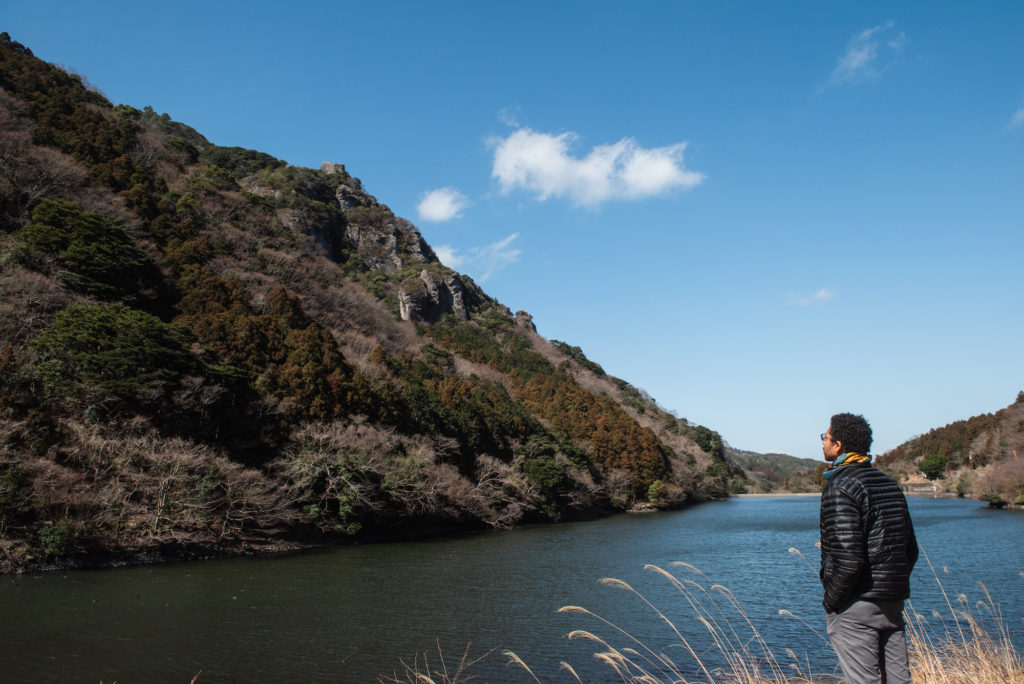
We reach the Gotsuji Fudo-son after a walk through a pleasant walking path and maneuvering along a sheer cliff for just the last few meters. On the platform made in the kake-tsukuri technique, you can see the whole of the Kunisaki peninsula unfold before your very eyes. The deep green of the woodlands, the summit of Mount Futago, the craggy rock surfaces, the shimmering Seto inland sea that surround us. All the nature that helped shape this unique peninsula and its unique practices can be seen… and felt.
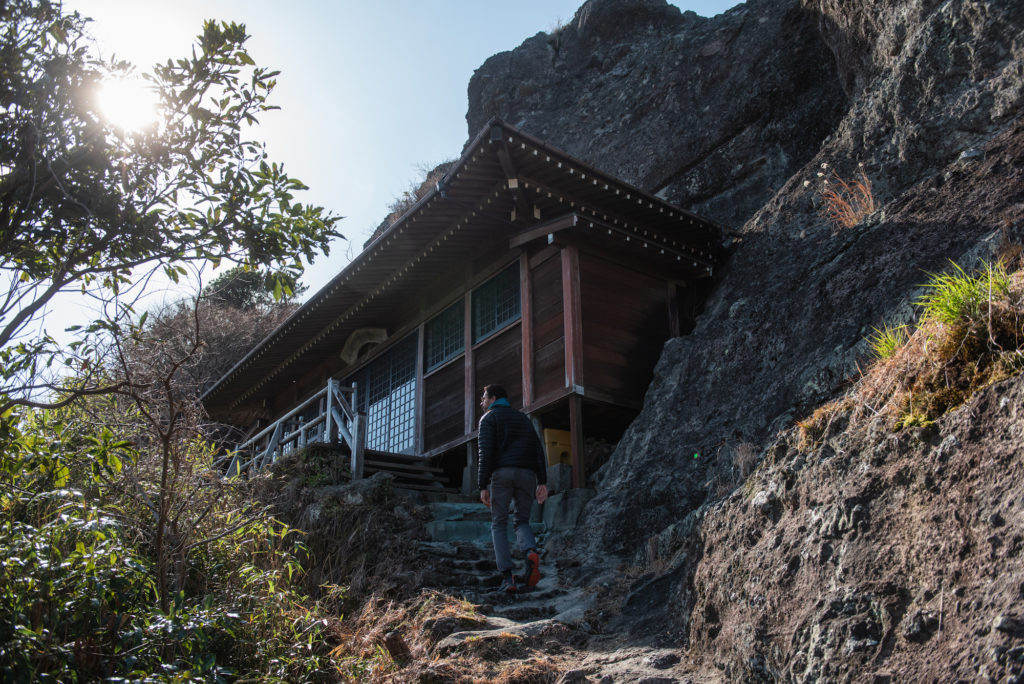

At the ruins of the former Sendoji temple, the carved rock statues of the two Nio (Vajrapani) can still be seen standing. The temple behind them that they were guarding was lost to a fire and all that remains are the stone-built stairs and the structural foundations.
Mario said that the “lack of the temple building itself jogs your imagination”. We also imagined how the temple may have looked previously. Despite their being no “form” of a temple here anymore, its presence still communicates itself to us through our imaginations and the intangible atmosphere of the place.
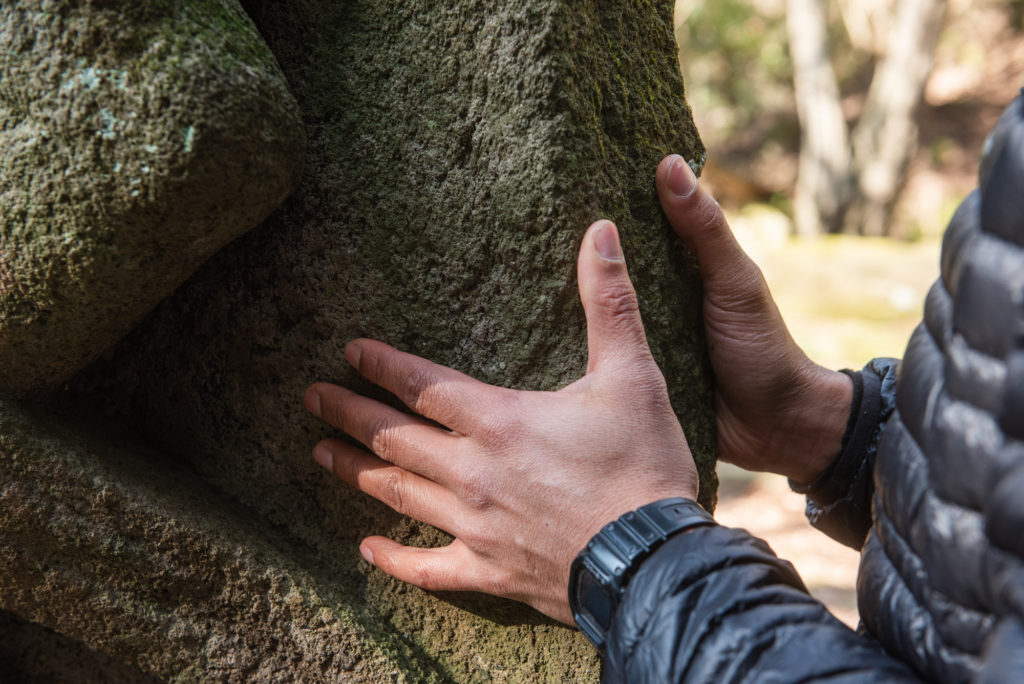
In our modern day lives, we are driven to pursue tangible “things” and to keep striving for “the best”. Like there is always something external that we “need” to attain in order to feel whole. It’s moments like these at places like this that remind you that perhaps everything you need, is already inside of you. Ah! The deep realizations that just a little time and a little space to breathe can afford you!

Of course, the power and magnetism of Rokugo Manzan does so much to induce this kind of state of mind. The entire peninsula is filled with places and an energy that communicates to you. The ingenuity and piousness of the humans who populated this area, their interactions with imported ideas from overseas and how they accepted and adapted them to fit the existing culture, is still handed down to those who live here to this day.
The element of “prayer” so imbedded in everyday life here, the histories of prayer over millennia that saturate this place, the rock hewn symbols and statues of devotion… if you let your imagination go and immerse yourself in these, the stories behind the history of this peninsula come to vivid life in your mind. There is a message here, and it continues to be carried for those who are open to listen, to this day.
